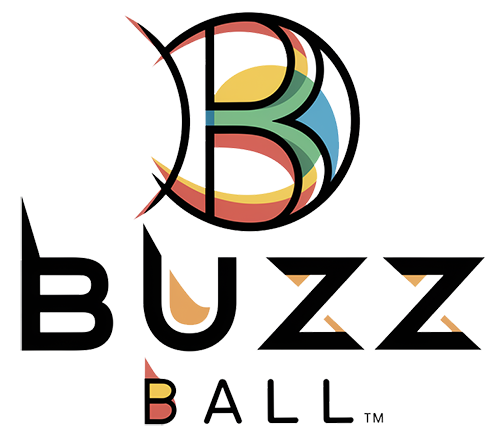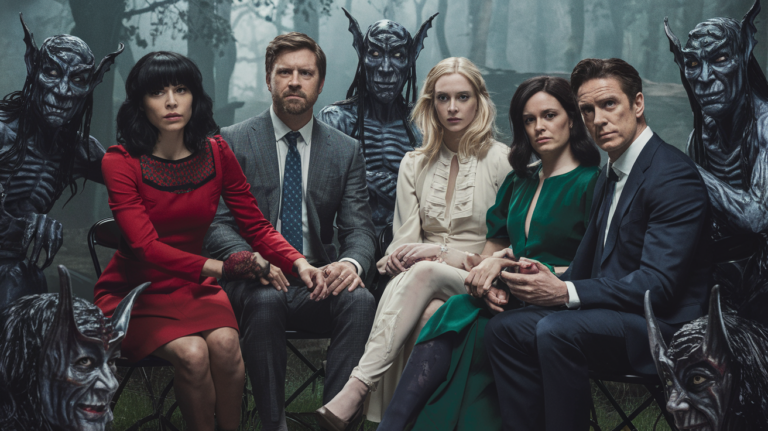American Horror Story Season 11: A Deep Dive into Terror and Intrigue
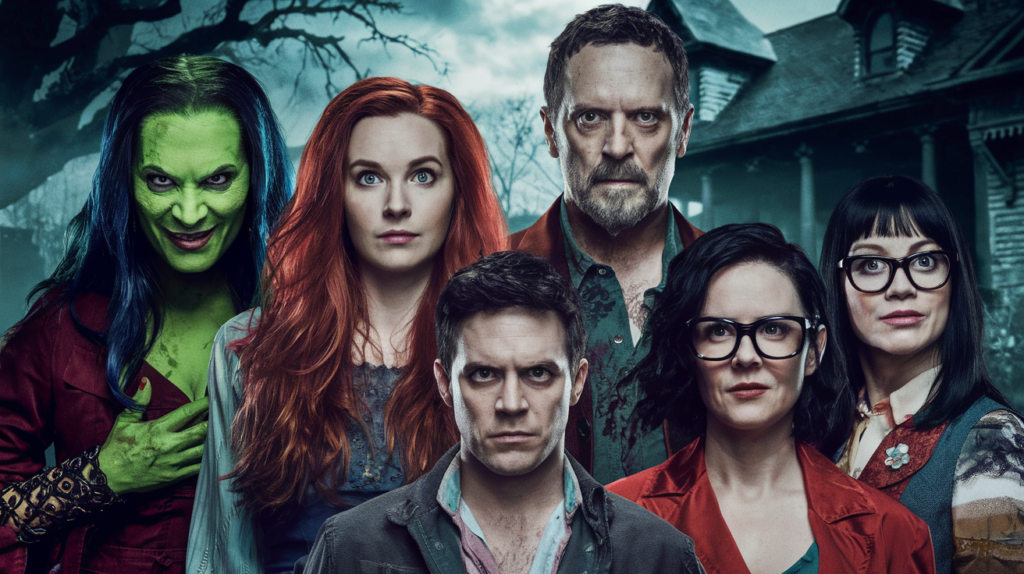
“American Horror Story” (AHS), the brainchild of Ryan Murphy and Brad Falchuk, has always managed to find an exceptional niche in television history. Being known for its macabre themes, intricate storytelling, and stellar cast, AHS has been one of the leaders in the world of horror television. Season 11, titled NYC, is no exception. It ventures into the haunting streets of New York City and blurs the gritty past of the city with the ecstatic eerie charm of AHS.
From the thematic undertones to the chilling performances, American Horror Story: NYC delves deep into themes of fear, love, community, and the resilience of the human spirit within chaos. Let’s unravel the layers of this season as it pays its respects to the pivotal LGBTQ+ history while upping the chills the fans have come to expect.
The Setting: New York in the 1980s
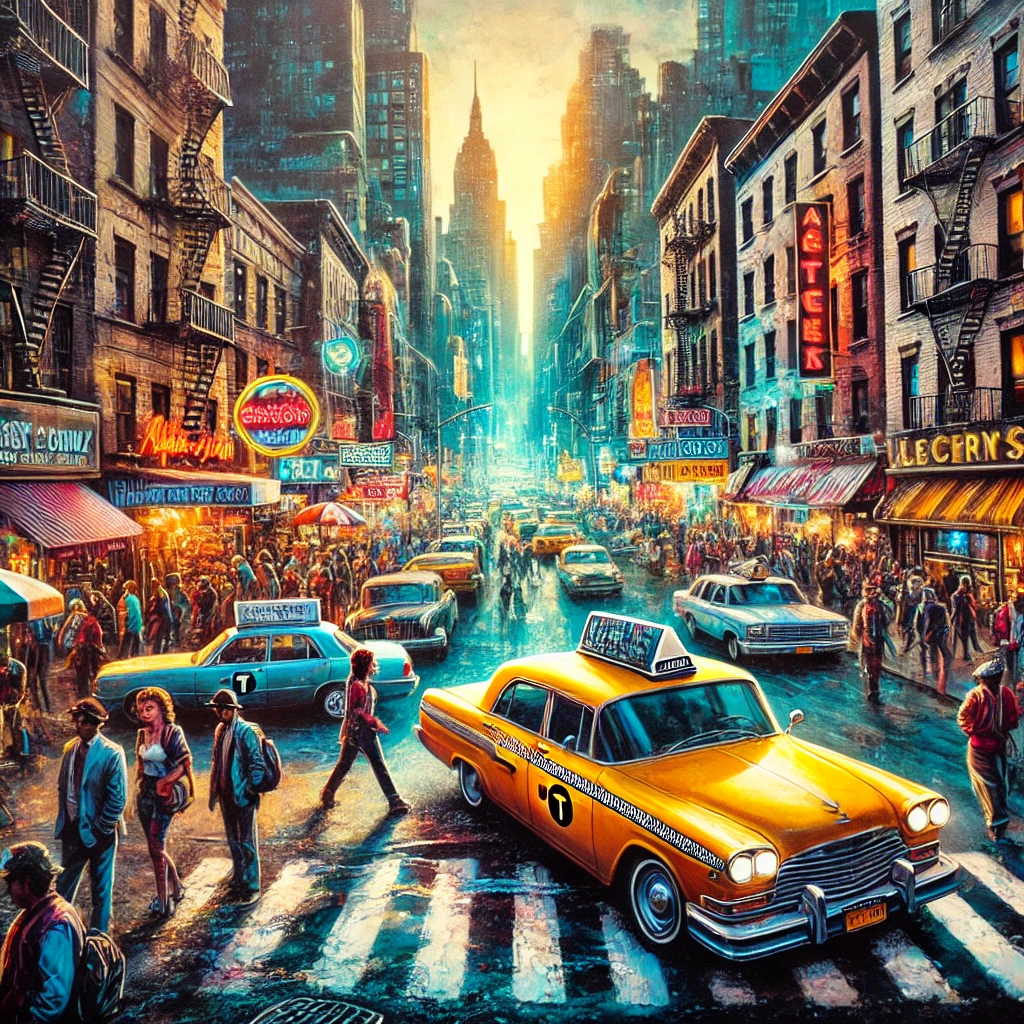
With Season 11, the show comes to 1980s New York City-a place of cultural manifestations but also a time of great social issues. And while the AIDS epidemic and rising tensions in other minority communities create the background for how fear and oppression find forms-sometimes supernatural, sometimes too clearly real.
Set in New York City, this choice is pivotal. This environment’s labyrinthine streets, gritty nightlife, and underground subcultures present a rich tapestry of story tellings. AHS draws on that environment and manages to weave a tale that might be regarded as much a tribute to the LGB TQ+ community as it is a horror story.
Plot Overview: A Dance of Terror and Mystery
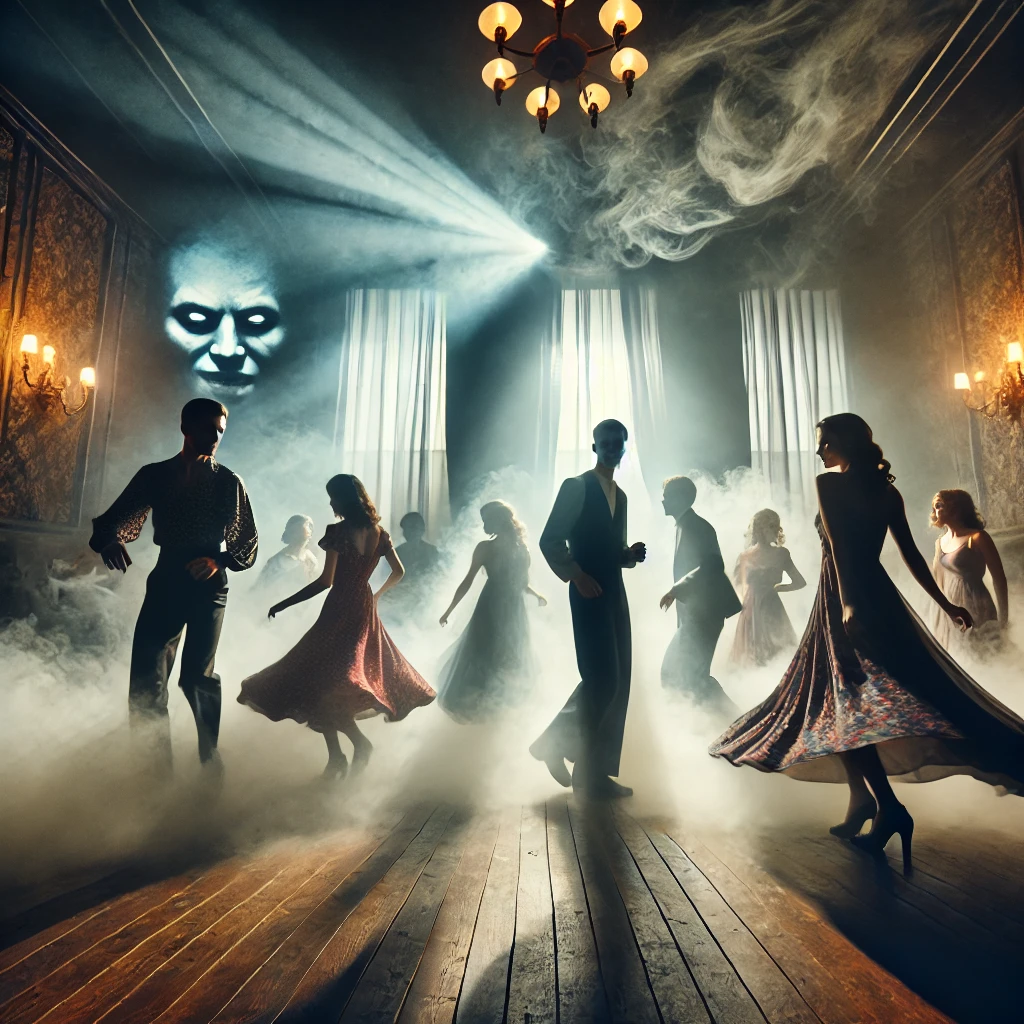
Without giving away spoilers, Season 11 stitches together a tale of part slasher horror, part psychological thriller, and part sociology-political commentary.
The season is about a series of murders targeting gay men, with a mysterious serial killer, identified only as “Big Daddy,” being at the center of it all. However, as is the case with every AHS season, there’s more than meets one’s eye in this season’s murder. There are supernatural elements, and it’s also full of conspiracies and this sense of dread inevitability.
Key characters, however, are struggling with more than just outside battles-they have to deal with internal struggles. The themes of secrecy, identity, and survival abound through the story to create a very thought-provoking experience in the dark places of the human mind.
The Characters: Complex, Flawed, and Haunting
AHS has always been able to find what makes characters multidimensional, and Season 11 is no exception. Let’s get to know some of the central figures:
1: Adam Charlie Carver
A journalist who wishes to get the truth out about the murder, he is the voice of resistance and resilience. His way is both haunting and inspiring as he faces all the threats of investigative reporting in a treacherous time.
2: Patrick Read (Russell Tovey)
Closeted NYPD detective, Patrick is struggling with his dual identity as he becomes inextricably entwined with the murder investigation. His storyline illuminates the inner conflict of living a double life in the midst of widespread discrimination.
3: Gino Barelli (Joe Mantello)
Gino, Adam’s boyfriend, and a reporter, is a bundle of grit. His fight for justice and also representation in the media has added much depth to the season’s socio-political commentary.
4: Hannah Wells (Billie Lourd)
A scientist investigating the strange illness that has been plaguing the town, Hannah represents a connection between the season’s supernatural and real-world horrors. Her character epitomizes compassion and intellect, bringing a very much needed grounding to the chaos.
5: Big Daddy
The enigmatic and menacing Big Daddy looms large over the season, embodying fear itself. Whether he’s a real person, a supernatural entity, or a manifestation of societal dread is a question that lingers throughout the narrative.
Themes: A Horror Beyond the Supernatural
What makes AHS: NYC truly remarkable is that it comes in many layers and depth of themes.
- Fear of the Unknown
For the gay community, the 1980s was a decade of fear and uncertainty as AIDS spread widely within the same community, creating mass hysteria. NYC very cleverly plays out this real-life horror with its fictionalized storyline, transforms the unknown murderer to symbolize the unseen threat of disease and social persecution.
- Identity and Silence
Most of the characters seem to fight the impossible battle of authenticity in a society that will penalize them for it. Patrick’s closeted life and the community’s struggles for acceptance reflect the sacrifices during this era so dearly.
- Love and Loss
The core of AHS: NYC is a love story—its healing powers, its strength to endure any ordeal and its inevitability in the face of loss. There are rich relationships built between characters like Adam and Gino, beautifully showing hope in the black holes.
The Visual Aesthetic: A Love Letter to the 80’s
The production design of Season 11 is a feast for the eyes. From neon-soaked nightclubs to gritty alleyways, every frame captures the essence of 1980s New York. The costume design, with its vintage leather jackets, punk-inspired outfits, and flamboyant nightclub wear, adds authenticity and flair.
Cinematography helps significantly in achieving the atmosphere of dread. Lighting tight spaces may be dim, with silhouetted figures moving here and there. Framing also becomes tight, contributing to claustrophobia and paranoia within the minds of the characters.
Social Commentary: Horror with a Purpose
One of the things that makes AHS: NYC special is how it pays attention to real-world problems. It leaves one with no choice but to reflect on the systematic side of neglect and social stigmatization encountered during the AIDS crisis when referring to the LGBTQ+ community.
Inter wining horror with historical context makes the audience face some harsh realities, a very daring move, and at the same time not only entertaining but also culturally profound this season.
Critics Reception: A Polarizing yet Influential Season
As with all AHS seasons, NYC has attracted mixed reviews. It has appeased some critics by generating bold themes and artistic emotion, but it has also been criticized on grounds of dragging pace and inconsistent storytelling.
While the season’s refusal to play ball with tired tropes about horror fandom has split fans, it has secured itself a place on the shortlist for most thought-provoking so far in the series by being willing to take risks and, let’s say, bring up some heavy topics.
Conclusion: A Season to Remember
American Horror Story: NYC is so much more than another season of terror and fright; it is an endearing testament to a resilient community, and with reflection on the horrors of both the supernatural and this real world. It takes all that history and combines it with the series’ trademarks of horror for what is, without doubt, the most emotionally resonant-and chiller-narrative Season 11 delivers.
Whether one has been following AHS since its inception or is new to the unique storytelling that AHS prides itself on, NYC leaves a long lasting impression far into post-roll credits. For the most haunting stories are the ones grounded in reality.
Turn down the lights, grab a blanket, and be prepared to be entranced by the chilling, thought-provoking world that American Horror Story: NYC offers.

